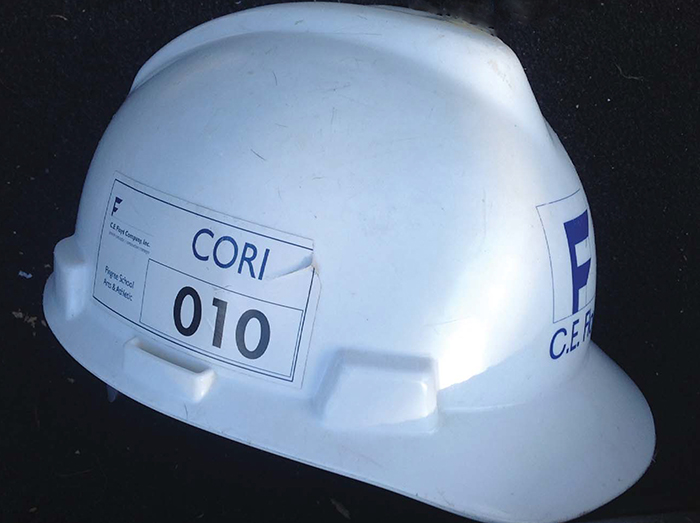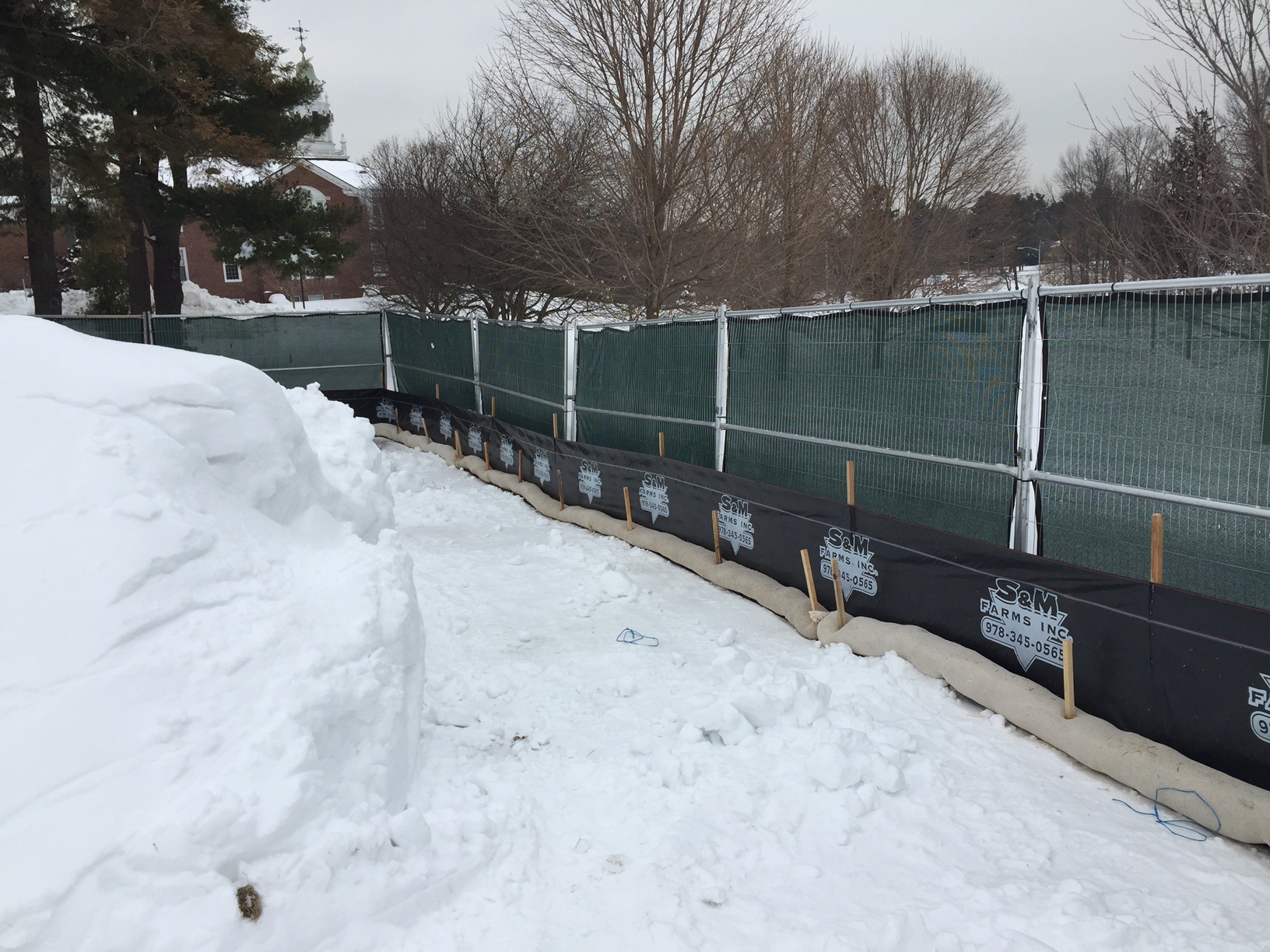- Who We Are
-
Our Work
-
Educational
- Brooks School- George and Evanthea Demoulas Family Boathouse
- Riverbend School - Gym and Schoolhouse
- Lesley University- Animation Studio
- Middlesex School- Bass Arts Pavilion and Danoff Visual Arts Center
- Nashoba Brooks School- Sureau Family Discovery Barn
- The Southport School- Arts and Music Building
- Senior Living
- Hospitality
-
Healthcare
- Partners Urgent Care
- Yale New Haven Health- Medical Office Building
- The Hospital of Central Connecticut - Advanced Wound and Hyperbaric Medicine Center
- Connecticut Children's - Infusion Center and Gastrointestinal Clinic
- Connecticut Children's - Specialty Care Center
- MidState Medical Center- Post-Anesthesia Care Unit Expansion & Renovation
- Commercial
- Specialty Work
-
Educational
- How We Do It
- Our Blog
- Industry Tidbits
- Join Our Family
- Contact Us
Keeping the community safe while working on an occupied campus
January 26th, 2016
Planning for a safe construction project begins before workers ever set foot on the construction site. When part of an active campus is under construction, keeping the community safe is a huge concern. Here are some of the important things we do to make sure your community is safe while we’re working on your campus.
Site logistics
Planning the site logistics begins long before our first day on site and plays a big role in keeping your community safe. We create a logistics plan and have you sign off on it before we mobilize on site. The comprehensive plan shows our construction fence, truck delivery routes, new traffic patterns, safe and unobstructed access in and out of occupied buildings, clear access for emergency vehicles, and much more.
Other things we consider include the timing of deliveries and truck routes. For example, when we’re working at a school, we’re not going to allow construction deliveries during drop off and pick up times. We will time the deliveries to work around the school’s schedule. We will also consider the entrance and exit points for the delivery vehicle and identify a safe spot where an idling truck can park.
Site cleanliness
Site cleanliness plays a big role in the safety of the construction workers, but it also plays a big role in the safety of the community. Where we store and locate our construction materials makes a difference. Proper storage of materials leads to less potential for material to be blown out of the construction area and into the occupied space. We store materials in the building, in storage containers or in designated lay down areas shown on our logistics plan.
Site signage
We clearly define our space – the active construction site – from your space. We do this by using construction site signs, construction fencing and, when necessary, fabric windscreens. Our site should make a good impression on you and anyone visiting your community. After all, our construction site is a reflection of you.
Notice of ongoing activities, such as shutdowns
Taking the correct measures to notify the owner of ongoing activities and shutdowns is huge. Ongoing activities could include blasting, fire alarm testing, crane work over a building, etc. We coordinate all of this work with the owner to time the work so it most conveniently fits the community’s schedule.
We notify the Authority Having Jurisdictions (AHJ) of any hot work. This work relates to any type of fire hazard and includes welding, soldering, cutting and brazing. During hot work, we follow our strict procedures, have our own fire watch and also include the town in the process.
It’s important for the both owner and AHJ to know when we’re doing other types of work as well. We notify both parties when we’re doing any work that relates to a community’s communications system, sprinkler system, temporary heating of spaces so pipes don’t freeze, etc.
CORI/SORI
CORI and SORI checks are frequently done on school projects and occupied senior living projects. We put a project-specific, numbered sticker on each worker’s hard hat to show he or she has passed the CORI and SORI checks. We keep track of each worker’s number in the job files.
Other safety concerns
There are several other safety considerations while working on an active campus or in an occupied space. These include building temporary walls to block off the construction area from the occupied area, keeping construction areas under negative pressure, analyzing how and when spaces are turned over, coordinating other disruptive construction activities with the owner, working outside of our construction fence and holding practice fire drills.










